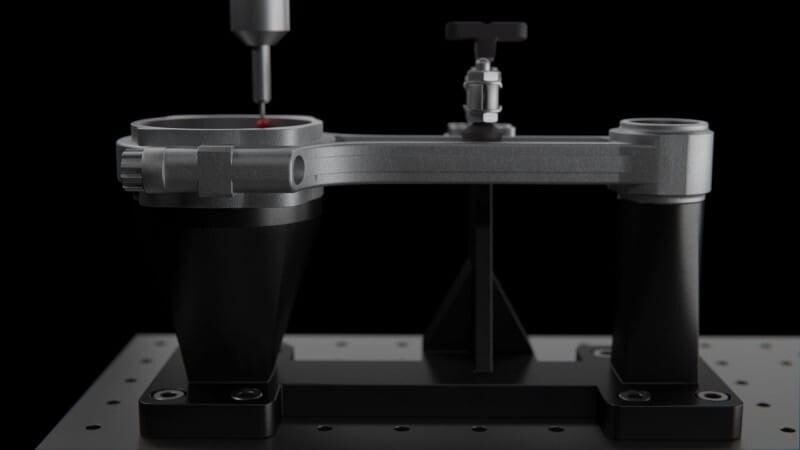Markforged Resources
Learn
Learn
Blog

Designing for Printing Part 1: 3D Printed Unit Tests and Tolerances
Save print time, material, and money by making 3D printed unit tests to catch tolerance issues before you hit go on a long print.
Learn
Blog

Industry Trends: 3D Printing for Tooling and Fixtures Yielding 95% Cost Savings
A Markforged 3D printer is a powerful tool in a manufacturing environment. Learn why high strength 3D printing is key to expanding CNC bandwidth.
Learn
Blog

3dNewsAtNoon for September 24th 2015 | 3D Printed Steering Wheel to go
3D Printing making inroads into the enterprise by speeding up rapid prototyping
Learn
Blog

How Additive Manufacturing Helps You Work Smarter, Not Harder
VP of Product Jon Reilly talks TCT, additive manufacturing, and more.
Learn
Blog

Customer Spotlight – Custom CVT Impellers with Olin Baja
Olin Baja and Markforged collaborated to solve the problem of overheating elements on their CVT. The result was a custom 3D printed impeller.
Learn
Blog

MMF #5: A Guide to Embedding Components in 3D Printed Parts
We go further into overprinting and embedding components into 3D printed parts, exploring how to use the process to create a set of 3D printed pliers.
Learn
Blog

Hardware Hacking with Markforged Mark Two at MakeMIT
Markforged Helped out at 2016's MakeMIT Hackaton
Learn
Blog

Experience Markforged Eiger: Try Your Parts in Our Production Quality Software
Considering a Markforged printer? Now, you can access our complete Eiger software in the cloud to experience setting up parts on our award winning printers.
Learn
Blog

Your Strongest Parts with Carbon Fiber 3D Printing – Isotropic Fill Part 1
The first of a two part post on creating industrial strength parts with carbon fiber 3D printing using a Markforged Mark Two 3D printer.
Learn
Blog

Inspection Fixtures — Traditional Machining vs Additive Manufacturing
In this post, we delve into inspection fixtures and the struggles many face when creating them using traditional methods